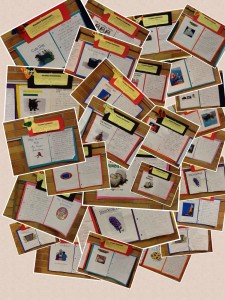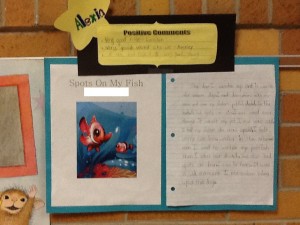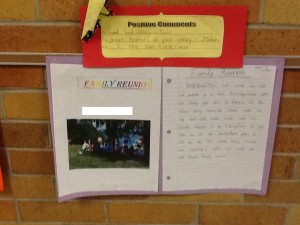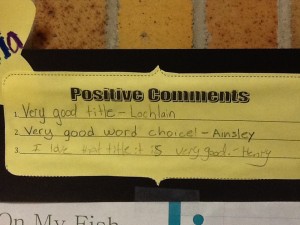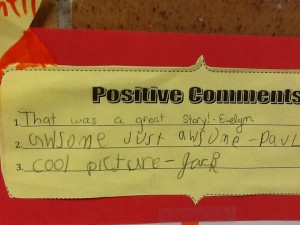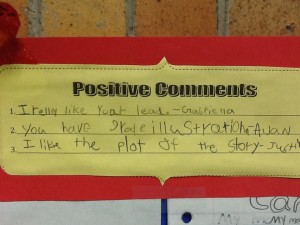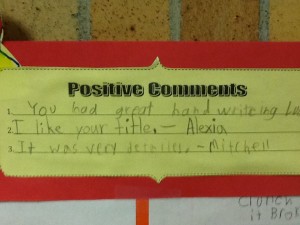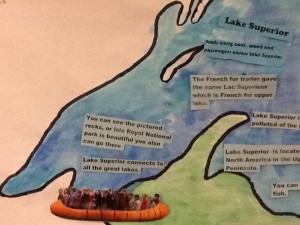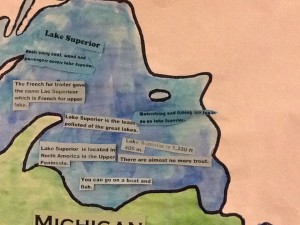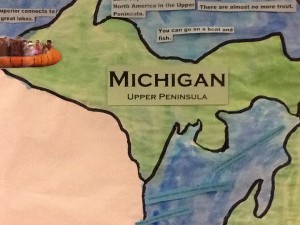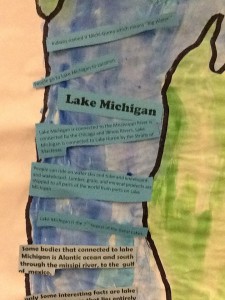So Cool: Tech Tools Drive Cultural Exploration
Something Cool I Saw Today
[Using Tech Tools to Explore Folklore Through a Lens of Cultural Connections]
My favorite part: This group of second graders is totally engaged and owning their learning…So Cool!
 These students are working with the wonderful Mrs. Stayer to explore folklore. They began by looking at communities around the world with some virtual travel via GOOGLE EARTH. As they traveled they made connections by learning that each of the places they visited has some folklore associate with it. They
These students are working with the wonderful Mrs. Stayer to explore folklore. They began by looking at communities around the world with some virtual travel via GOOGLE EARTH. As they traveled they made connections by learning that each of the places they visited has some folklore associate with it. They  read and discussed the folklore. In these pictures they’re using CUTUREGRAM to explore further. According to Mrs. Stayer CULTUREGRAM is INCREDIBLE! It’s a database that you can get to through the Michigan e-library (http://mel.org/) in which you will find all kinds of incredible information and artifacts about the world that you and your students live in. You
read and discussed the folklore. In these pictures they’re using CUTUREGRAM to explore further. According to Mrs. Stayer CULTUREGRAM is INCREDIBLE! It’s a database that you can get to through the Michigan e-library (http://mel.org/) in which you will find all kinds of incredible information and artifacts about the world that you and your students live in. You 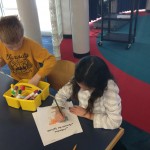 can view flags, hear national anthems, find out about natural resources and commerce, check out pop culture, and much more. Mrs. Stayer thinks that any teacher who goes to the database will immediately think of 10 great ideas for incorporating it into his/her instructional plan.
can view flags, hear national anthems, find out about natural resources and commerce, check out pop culture, and much more. Mrs. Stayer thinks that any teacher who goes to the database will immediately think of 10 great ideas for incorporating it into his/her instructional plan.  If you’d like to discuss it further you can always contact Mrs. Stayer at es11bps@birmingham.k12.mi.us – she loves to collaborate!
If you’d like to discuss it further you can always contact Mrs. Stayer at es11bps@birmingham.k12.mi.us – she loves to collaborate!
Again, the thing that I really appreciated about the learning that I saw taking place today is that the students were totally engaged. As you can see in the pictures above, some students were at the computers engaged in ongoing explorations and others were working on various components of the project around the media center. Mrs. Stayer is an incredibly intentional planner. Her front-loading with information, tools, activities, and expectations really goes a long way to get her students authentically excited and engaged. This example is a testament to the fact that 21st century teaching and learning is not simply the integration of new technologies but the purposeful planning of lessons, activities, projects, and outcomes that include relevant and connected content, strategies, and tools. Way to go Mrs. Stayer – So Cool!
